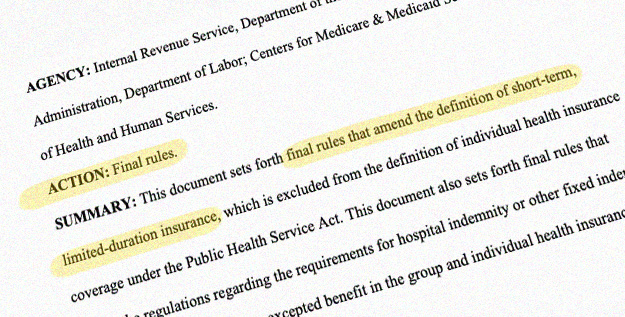Best Divorce Lawyers Bakersfield, CA Of 2024 – Forbes Advisor – Technologist
You start a divorce in Bakersfield, CA, by petitioning the Kern County Family Law Division. Your divorce will depend on you meeting requirements, filing the correct forms and following procedures.
California Divorce Requirements
These are the general requirements for starting or completing a divorce in California:
- Residency. You or your spouse must live in California for six months and in your current county for three months.
- Irreconcilable differences or incapacity. California does not consider fault for a marital breakdown. Instead, you must plead either irreconcilable differences or incapacity.
You can file for a legal separation if you do not meet the residency requirements. Once you do, you can change the separation into a divorce.
Types of Divorce and Separation in California
Divorce may not be appropriate or efficient for your situation. In those cases, you can use one of these alternatives.
- Annulment. California uses annulment for marriages considered “voidable.” These marriages involve a lack of consent, force or underage participants. There is no property division or child custody with an annulment; it is just a statement that the marriage never occurred.
- Legal Separation. A legal separation in California is often preferred if the parties don’t meet residency requirements for a divorce or personal or financial reasons make divorce undesirable. This process divides property and debts, establishes support, and sets parenting time like a divorce.
- Summary Dissolution. This “quickie divorce” applies to marriages lasting less than five years with no children or joint property. Parties may have little or no debt, too. If you and your spouse agree to property division terms and don’t want spousal support, summary dissolution will be easier than a full divorce.
Child Custody, Support and Parenting Time in California
Child custody refers to where the child lives and which parent makes decisions. You can pursue sole or joint custody. Many parents opt for joint arrangements so they are both in their children’s lives.
But there are some cases where one parent may pursue sole custody, including:
- Abuse by the other parent.
- The other parent’s drug or alcohol addiction.
- Mental illness.
- History of instability or disinterest.
The parent who does not have custody receives parenting time, once called “visitation.” Depending on the other parent’s status, this parenting time may be supervised or unsupervised. A Parenting Plan filed with the divorce petition outlines custody and parenting time for both parents.
California objectively calculates child support using both parents’ incomes. Once the calculation is finalized, the court enters a child support order indicating the noncustodial parent’s obligation. Parents must support their children until they are 19 or graduate high school (whichever happens first).
Property Division in California
California is a community property state. Generally, any property acquired during the marriage is considered joint marital property unless shown otherwise. For example, a family home purchased during the marriage is most likely a community property that must be divided equally in the divorce.
The same applies to debts, too. A student loan incurred before the marriage may not be community debt, so the court will assign it to the spouse who incurred it. However, mortgages and credit cards that are held jointly will likely be divided equally.
There are circumstances where spouses can claim separate property. For example, investment properties that one spouse’s LLC holds or an inheritance can be separate property. However, if investment or inheritance funds enter a joint checking accounting, they become community assets.
Spousal support can also become part of a property division if there is a significant income gap or separate assets. The support intends to help the spouse receiving it maintain the same standard of living they enjoyed while married. It can also act as an equalizing measure, e.g., one spouse gets support and the family home, while the other receives all remaining assets.
Filing and Serving Your Divorce Papers
Divorce forms are available in the California Courts Self-Help Guide, which includes instructions and forms you can download. Follow the forms based on your assets, children, and other circumstances. The self-help guide will take you through the steps.
Once filed, you will serve the papers to your spouse. Include a “summons” form and fill out the proof of service form. Your spouse will have 30 days to respond. The six-month waiting period for California divorces starts on the day you serve your spouse.
You will file your divorce documents with the Superior Court of Kern County.
Finalizing Your Divorce
To finish your divorce, you must:
- Exchange financial information with your spouse, including paystubs, tax returns and bank statements;
- Agree on property and child custody issues; and
- Finish and submit the final paperwork using the forms available in California’s self-help guide.
The soonest you can finalize a divorce is six months from the date your spouse received the divorce petition. If you and your spouse do not agree on all of the issues, you will need to hire an attorney and possibly go to trial.
You can also try mediating with your spouse to reach a mutually beneficial agreement. The court system offers resources for picking a mediator and scheduling a session.


